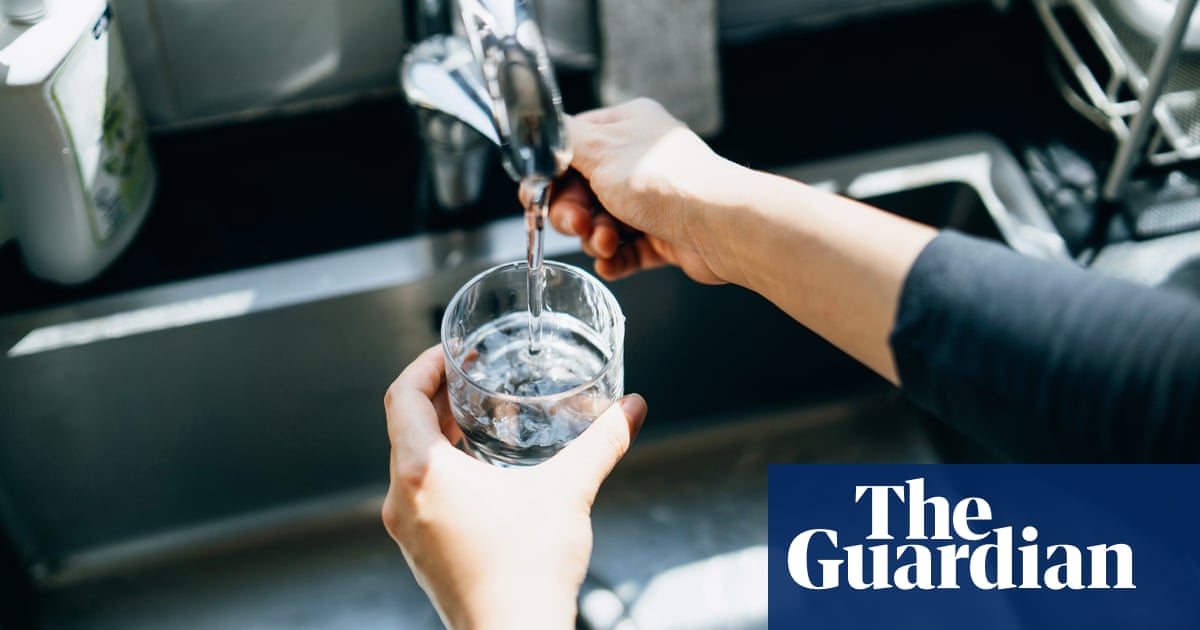Summary
A US Geological Survey study estimates PFAS chemicals may contaminate drinking water for up to 70% of the 140 million Americans using aquifers, affecting around 95 million people.
Some groundwater readings were up to 37,000 times the EPA’s new limits. Private wells and small public wells, which serve 13% of the population, lack strict EPA PFAS regulations, making them especially vulnerable.
Contamination is most severe near military bases, airports, and industrial sites, with high exposure in Michigan, Florida, and California.
The USGS also produced an interactive map that shows where there may be trouble.
Just get rid of the regulations. Now 0% of the water has failed testing! 100% safe!
That seems low.
The majority of PFAs that we’ve consumed have been from food packaging and clothing/textile treatments over the last ~30 years.
Kris Hansen, the scientist who tested for the presence of PFO contaminants in blood for 3M, found them in all of the bags of blood she tested from the American Red Cross in the late 1990s. Those bags were initially intended to be the control against testing the high levels found in 3M employees.
https://www.propublica.org/article/3m-forever-chemicals-pfas-pfos-inside-story
But let’s not stop using them! What could go wrong?
The good news is they won’t be as much of a concern as the lead, mercury, arsenic, and many other environmental toxin regulations that will be repealed so we can turn the US into the unregulated child labor factory utopia that US businesses so desperately need to move to domestic production while maintaining profits.
Don’t forget Trump’s favorite construction material, asbestos.
Point of use filtration.
Yes, but only the most expensive point of use filters will remove PFAs.
https://factor.niehs.nih.gov/2022/4/feature/3-feature-pfas-water-filter
When you said “only the most expensive”, I got concerned. Then I went to the website (https://cyclopure.com/product-category/store/), and see the countertop Purefast cartridge is $40-45. So I wonder what you are actually finding problematic here?
From your first link. second paragraph: ““These $45 filters can provide up to 65 gallons of PFAS-free water, replacing 700 single-use water bottles,” said CycloPure chief executive officer Frank Cassou. The cartridges will be available in early April 2022.”
$45 for 65 gallons? That lasts one person 4-6 weeks depending on their weight. That’s not even counting using filtered water for cooking, tea, coffee, etc.
A regular Brita filter 3-pack only costs $15. The PFA rated filters are nine times more expensive by comparison.
Agreed, they are more expensive. Are they the most expensive? No. Do you have a better short term alternative? One option would be to use distillation. It would be lovely to remove PFAS entirely from the planet, but that isn’t happening in the short term, unless you are aware of something I’m not. Please share? I’m just trying to find ways to reduce the toxic load for myself and others. Thanks!
Here is EWG’s article on the topic, which gives similar recommendations: https://www.ewg.org/research/getting-forever-chemicals-out-drinking-water-ewgs-guide-pfas-water-filters
Oh, I’m not discounting their need or efficacy.
I think is absolutely criminal that we are paying to filter out the chemicals and not 3M and DuPont.
No argument there. This crap should not be in our environment at all. How do we get 3M, DuPont, etc to pay for our filters?
Lifestraw removes PFAS. AND lead!
You’d be an idiot for using a lifestraw for all of your hydration when you can buy a pitcher that does the exact same thing.
You mean my Lifestraw pitcher?
Pitcher is easier to spill when I’m being hunted.
Also lifestraw is reusable, unlike many other systems.





